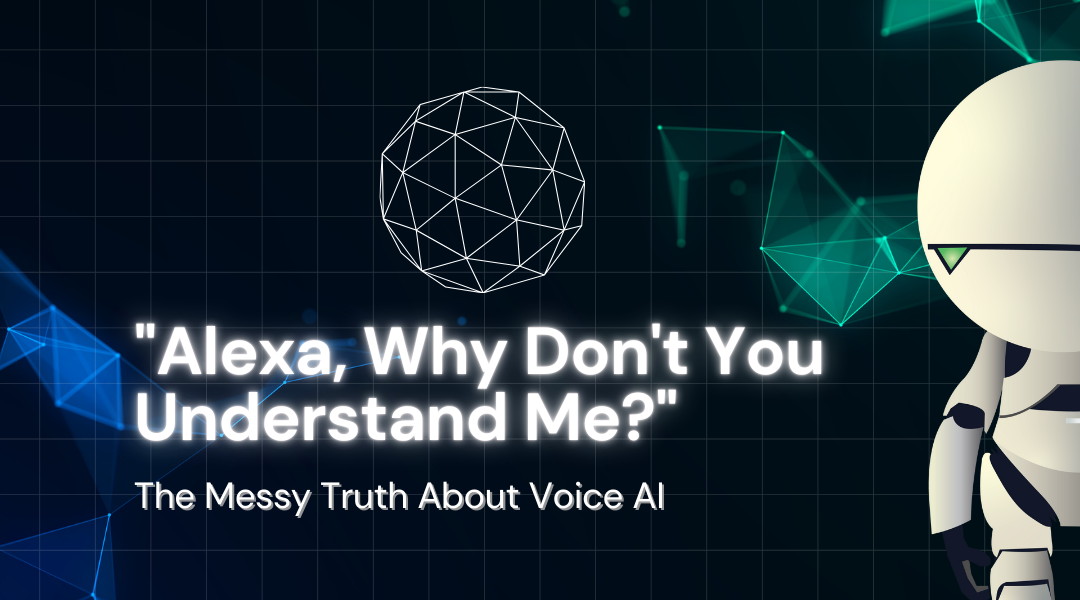We’ve all been there. You’re yelling “LIGHTS OFF!” at your smart home for the third time while your neighbors wonder if you’re having a domestic dispute. Or that moment when your car’s voice assistant books a reservation for “Peruvian chicken” instead of “dermatologist appointment.” Voice recognition tech promises a futuristic hands-free world, but the reality is more like talking to a stubborn toddler with hearing problems.
Why Your Smart Speaker Isn’t So Smart
Let’s dissect why these systems fail so spectacularly:
- The Accent Gap
When Scottish journalist Sarah’s Amazon Echo heard “play songs by The Proclaimers” as “add salmon to my shopping list,” it wasn’t just funny—it revealed a dirty secret. Most voice AIs are trained on California English. Try speaking with a Mumbai, Glasgow, or Lagos accent and suddenly you’re in a game of linguistic roulette. - Background Noise Blindness
Your Google Home can’t distinguish between “Call Mom” and “Call 911” when your dishwasher is running. Meanwhile, military-grade voice systems used in fighter jets filter out engine roar at Mach 2. Why can’t civilian tech get this right? - The Homophone Problem
When a Boston man’s smart speaker heard “Alexa, enable Democracy” instead of “disable demo mode,” it accidentally reset his entire home security system. English has 1,700+ homophones—landmines for voice AI.
When Mistakes Stop Being Funny
- Medical Mishears: A nurse in Toronto reported her voice-to-text system transcribed “administer 5mg hydromorphone” as “administer 50mg.” The error was caught, but it highlights lethal risks.
- Legal Landmines: Court reporters using voice transcription saw “he didn’t consent” become “he did consent” in domestic violence cases.
- Smart Home Sabotage: Hackers demonstrated they could secretly activate voice assistants using ultrasonic frequencies humans can’t hear.
The Road to Better Voice Tech
Some innovators are getting it right:
- Speechify’s Context Engine: If you say “that document about the case,” it remembers you were just emailing about the Johnson lawsuit.
- Deepgram’s Factory Floor AI: Trained specifically on machinery noise, it achieves 95% accuracy in industrial settings.
- Project Common Voice: Mozilla’s open-source initiative collects diverse accents—including Indigenous languages—to combat bias.
What You Can Do Today
- Train Your Tech: Most systems let you correct misinterpretations. Do this religiously.
- Layer Safeguards: For critical functions like medical dosing, always use confirmation steps.
- Demand Better: When buying smart devices, ask vendors about their training data diversity.
The bottom line? Voice AI won’t truly work until it understands the richness of human speech—the pauses, the sighs, the regional quirks. Until then, maybe keep your phone handy for manual overrides.
Final Thought: The next time your GPS tells you to “turn right into the river,” remember—we’re not teaching machines to listen. We’re teaching them what it means to understand. And that’s a much harder problem.
